After more than a decade of absence, the 18th century is back in the spotlight at the Uffizi. With the opening of the exhibition Florence and Europe. Eighteenth-Century Arts at the Uffizi, on view from May 28 to Nov. 28, 2025, the Gallery brings one of the most dynamic and revolutionary centuries in European cultural history back to the stage, returning to the public a narrative composed of about 150 works including paintings, sculptures, furniture, porcelain, prints and tapestries.
An operation intended to be one of rediscovery and enhancement, curated by museum director Simone Verde and Alessandra Griffo, head of Eighteenth-Century Painting, which marks the return to the walls of the Florentine museum of masterpieces that had long remained hidden due to expansion work. Many of the works on display, in fact, had not been visible for more than a decade; others are being presented to the public for the first time, such as Pierre Subleyras’ monumental Mystic Marriage of St. Catherine de’ Ricci, recently acquired and restored live within the exhibition itinerary.
"Florence and Europe,“ says Simone Verde, ”aims to trace through its aesthetic culture an extremely multifaceted century, interweaving the general narrative of the context with the gestation of the Uffizi as Europe’s first modern museum. It is a complex narrative full of subtexts and nuances that we have built with patience and dedication, making available to the public works from the collection that have not been seen for many years or even never exhibited."
“The works on display, in addition to being of great quality,” Alessandra Griffo points out, “have the merit of offering insights into a century that was crucial in the formation of modern mentality, sensibility and even taste. Today, millions of people arrive in Florence every year, attracted by the myth of the early Renaissance; lo and behold, the rediscovery of this period occurred precisely during the 18th century.”

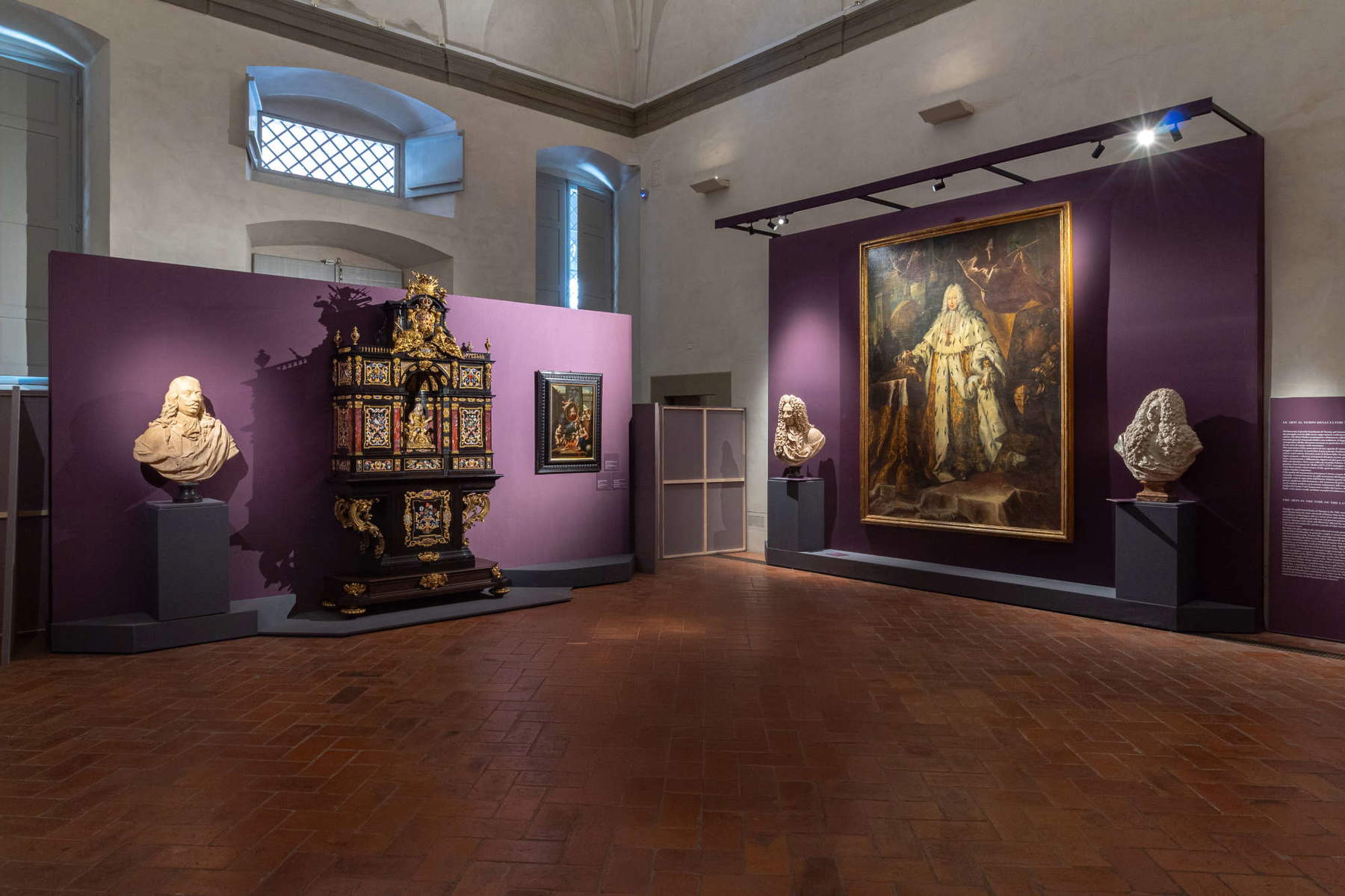
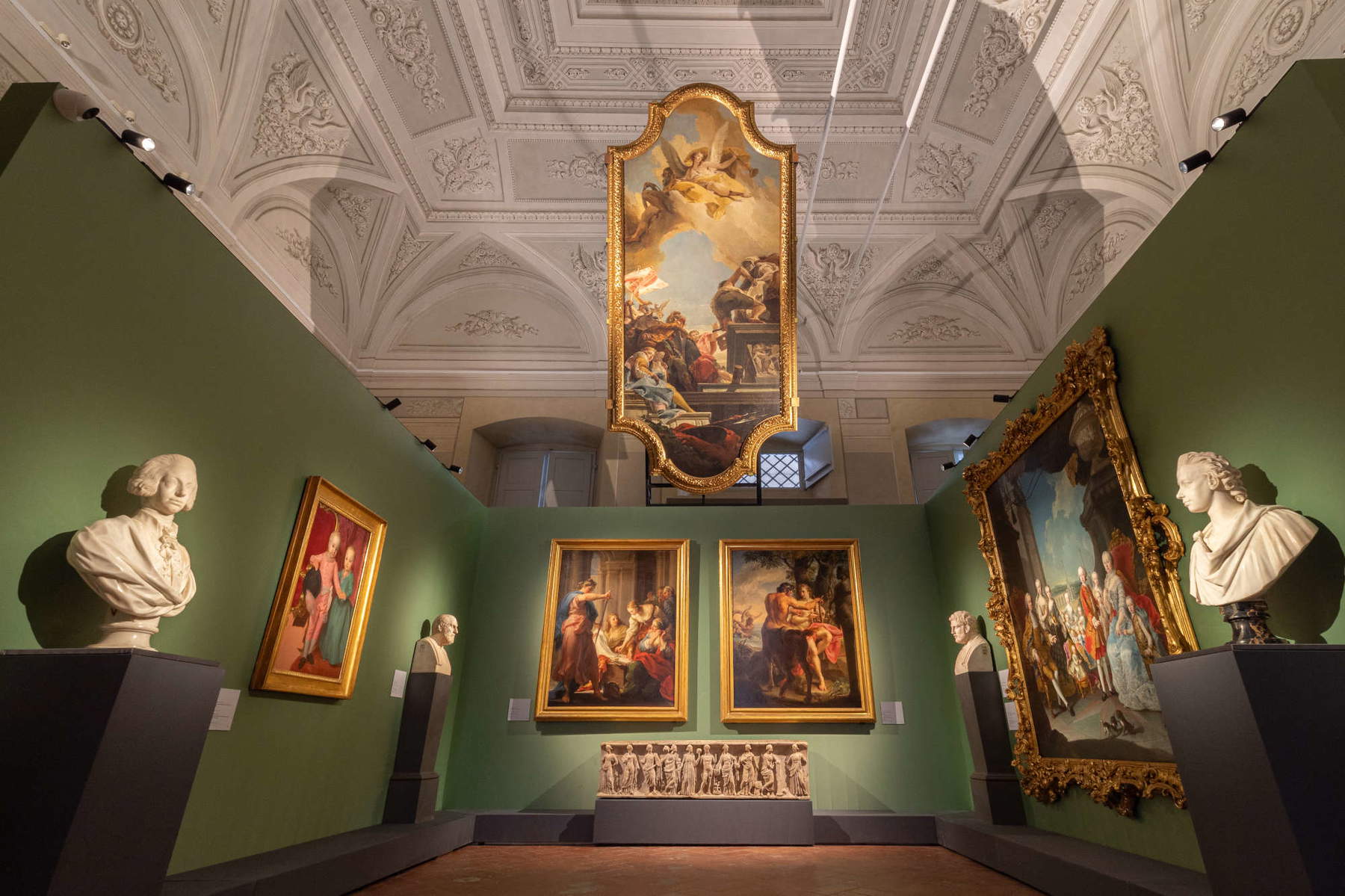
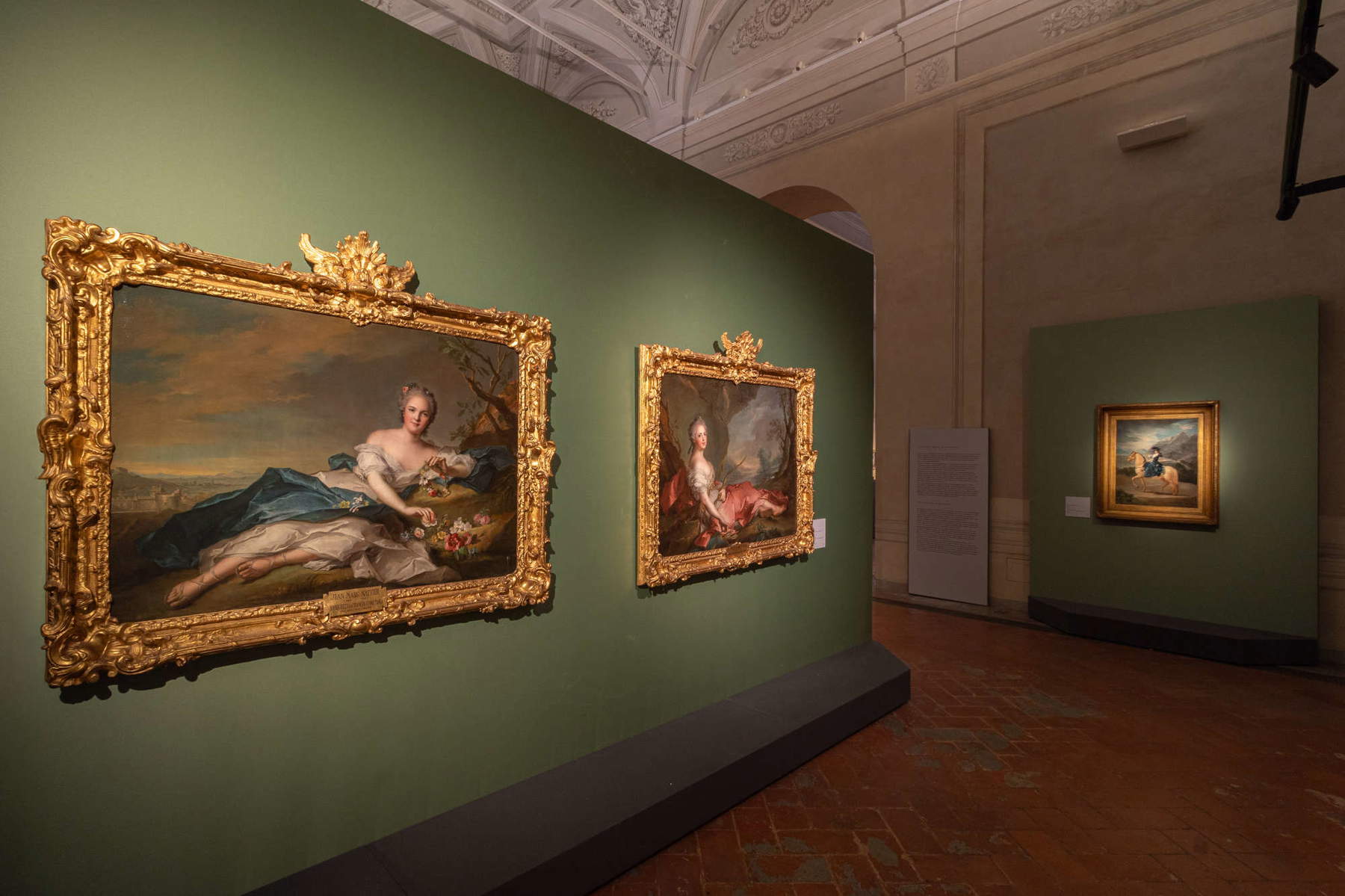
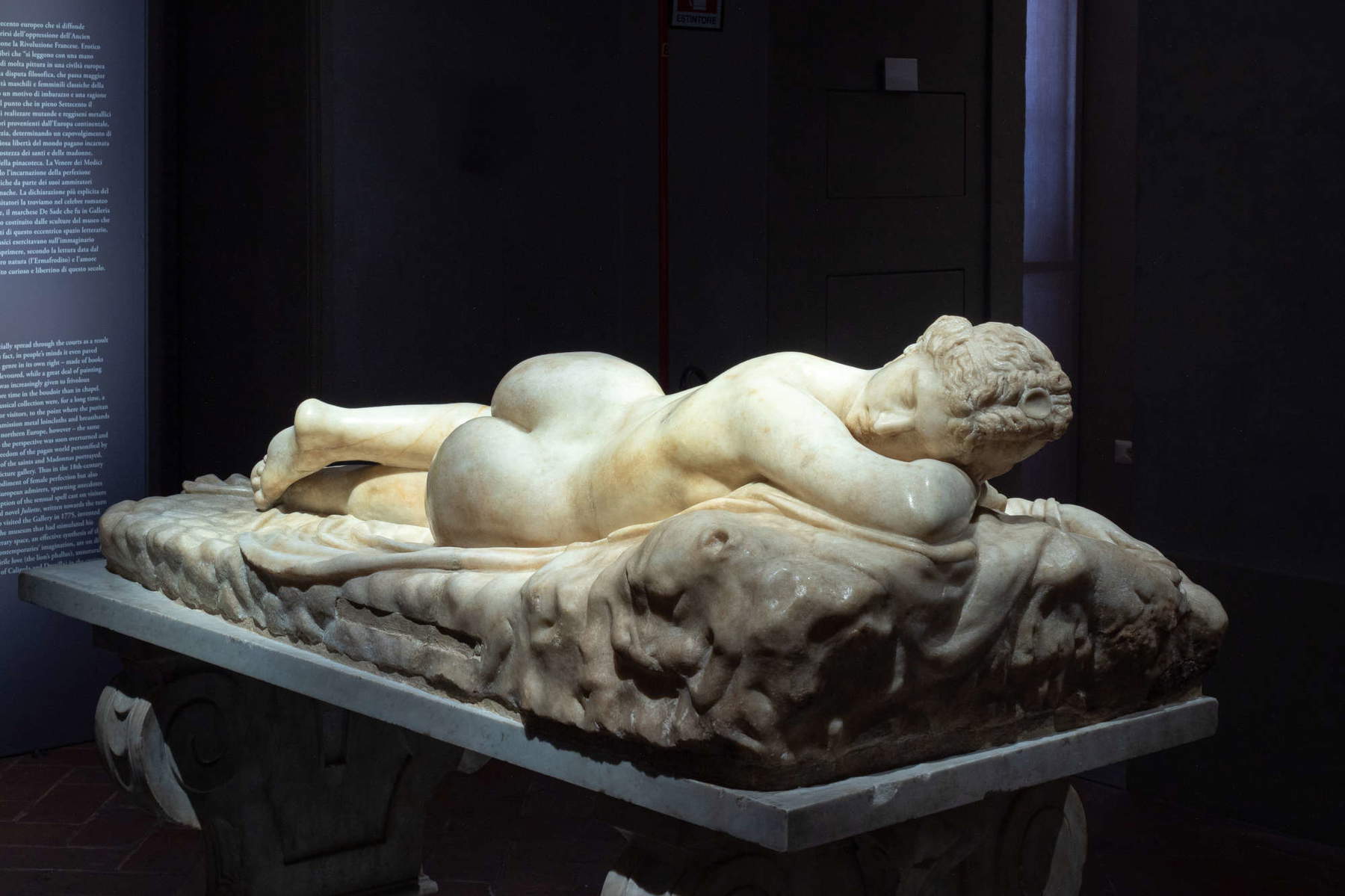
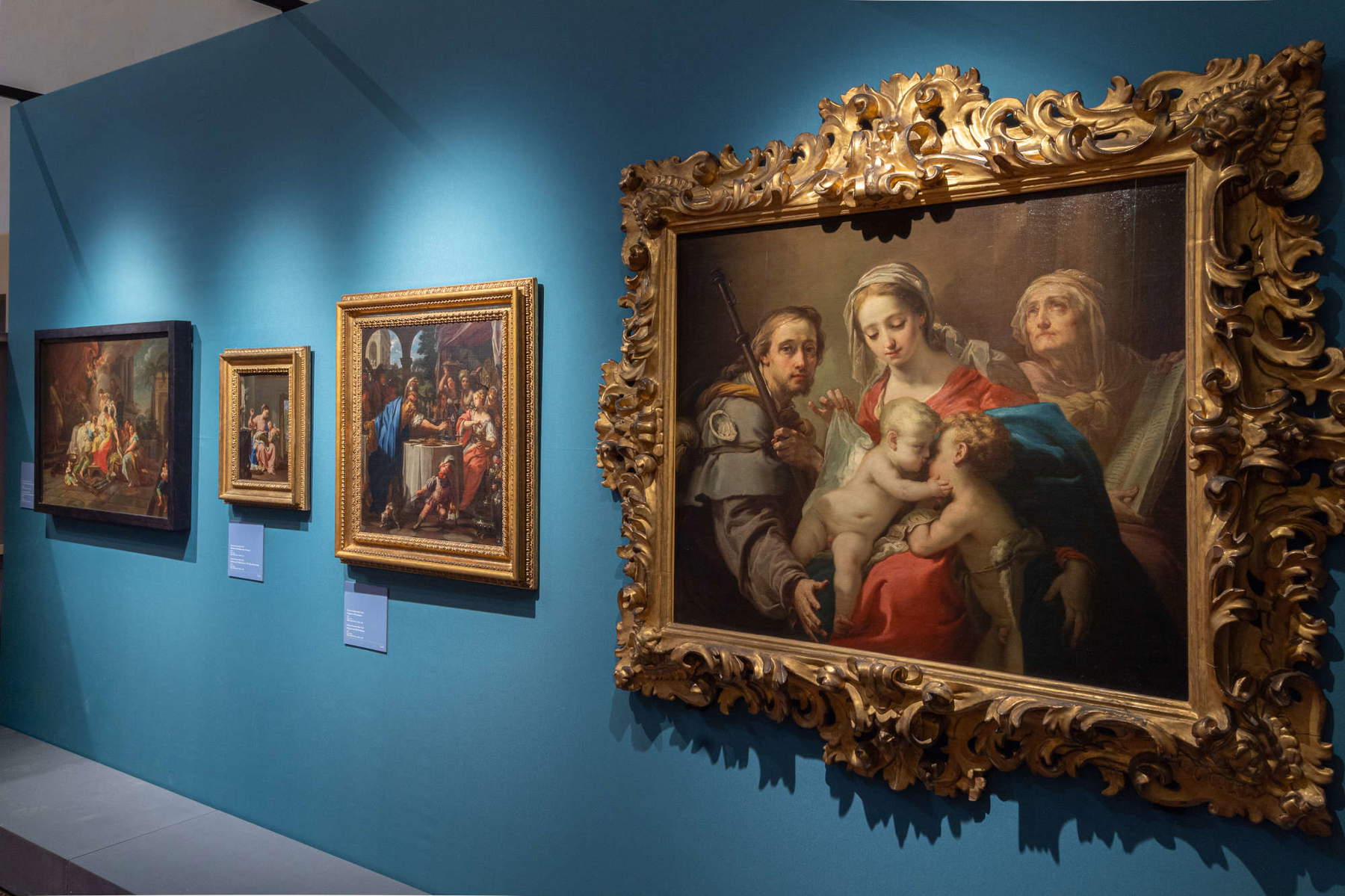
The aim of the exhibition is not only expositional, but also historical and narrative: to tell the story of the eighteenth century as a crossroads of political, cultural and museum changes, including for the Uffizi itself. Indeed, it was in this century that the Gallery’s transformation from dynastic collection to modern museum, accessible to the public, was completed.
A transition made possible by the testamentary will of Anna Maria Luisa de’ Medici, who in 1737 binds the family’s collections to the city of Florence “for the ornament of the State,” and by the reformism of Grand Duke Pietro Leopoldo, who in 1769 allows free access to the museum during the feast of the patron saint St. John. A new way of conceiving art as a collective good.
The exhibition itinerary opens with the artistic production of the last Medici: an era still pervaded by a religious and dynastic vision of art, evident in official portraits and sacred commissions by masters such as Giovan Battista Foggini and Sebastiano Ricci. The depiction of Gian Gastone de’ Medici signed by Joan Richter reflects the pomp and decadence of the court in a final celebration of theancien régime.
This is followed by the Lorraines, with marble portraits intended for public places, marking the transition to an Enlightenment sensibility. New iconographic models emerge: more intimate and realistic portraits, executed by artists such as Goya, Elisabeth Vigée Le Brun, Anton Raphael Mengs and Jean Marc Nattier, who embody an art more concerned with the real than the ideal. A central section of the exhibition is devoted to the structure of the Italian schools of painting, as conceived by art historian Luigi Lanzi in 1782 in his Storia pittorica dell’Italia, during the period of the reorganization of the Galleries. The paintings on display are representative of what schools throughout Italy were producing: Tuscan, Venetian, and Emilian, with prominent names such as Giovanni Domenico Ferretti, Giuseppe Maria Crespi, Canaletto, and Francesco Guardi. One room is devoted to sketches: here Anton Domenico Gabbiani’s 1701 work dedicated to the dome of the Florentine church of San Frediano in Cestello stands out, depicting the Glory of St. Mary Magdalene carried to heaven by angels.
The great protagonist of the exhibition is then the Mystic Marriage of St. Catherine by Pierre Subleyras, an 18th-century French masterpiece recently acquired by the Galleries. The painting is the subject of a ’live’ restoration under the eyes of the public, who can closely observe the delicate work of restoring its chromatics and pictorial details. An innovative museum experiment that brings visitors closer to the reality of the workshops, offering a concrete key to understanding art conservation.
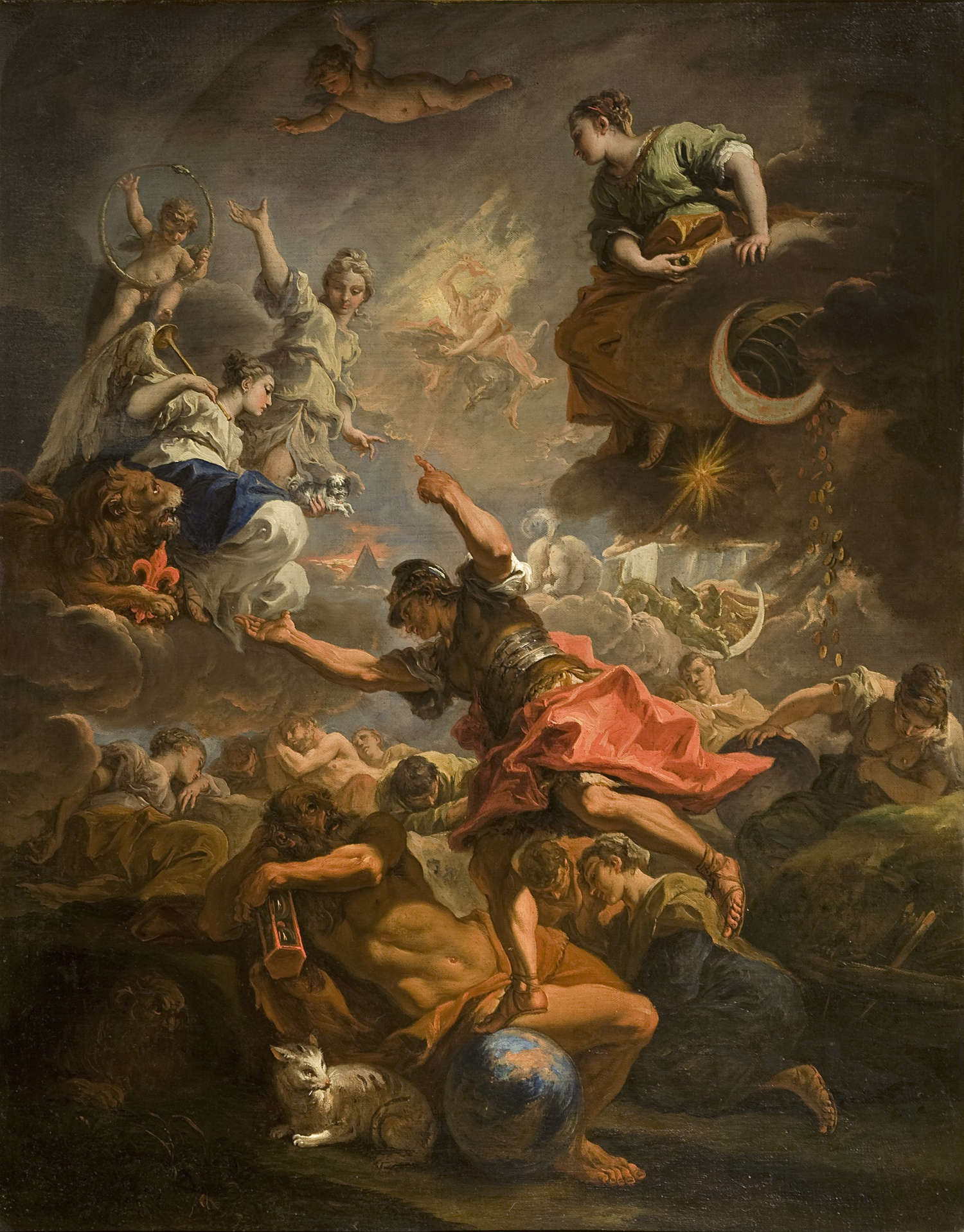

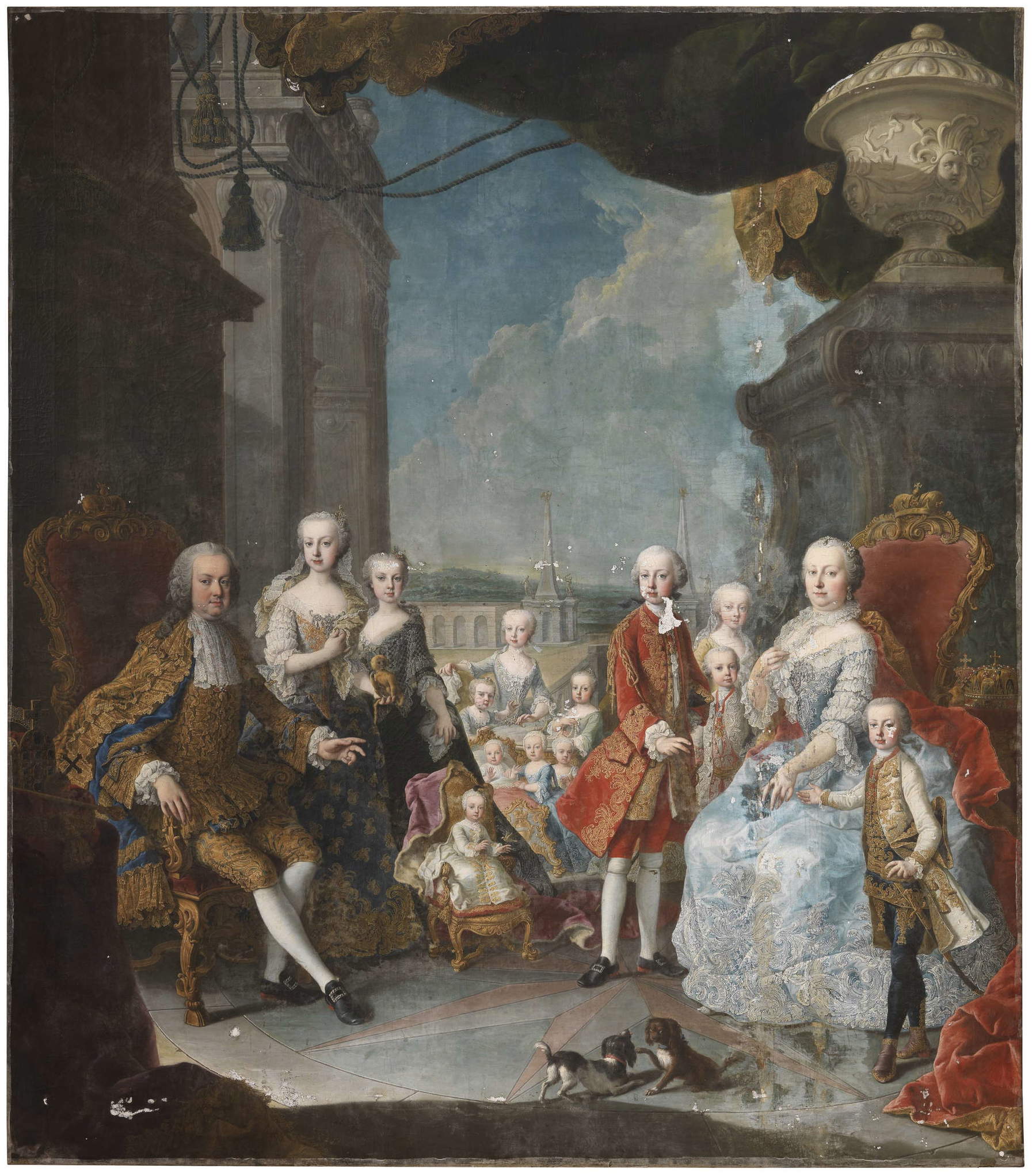
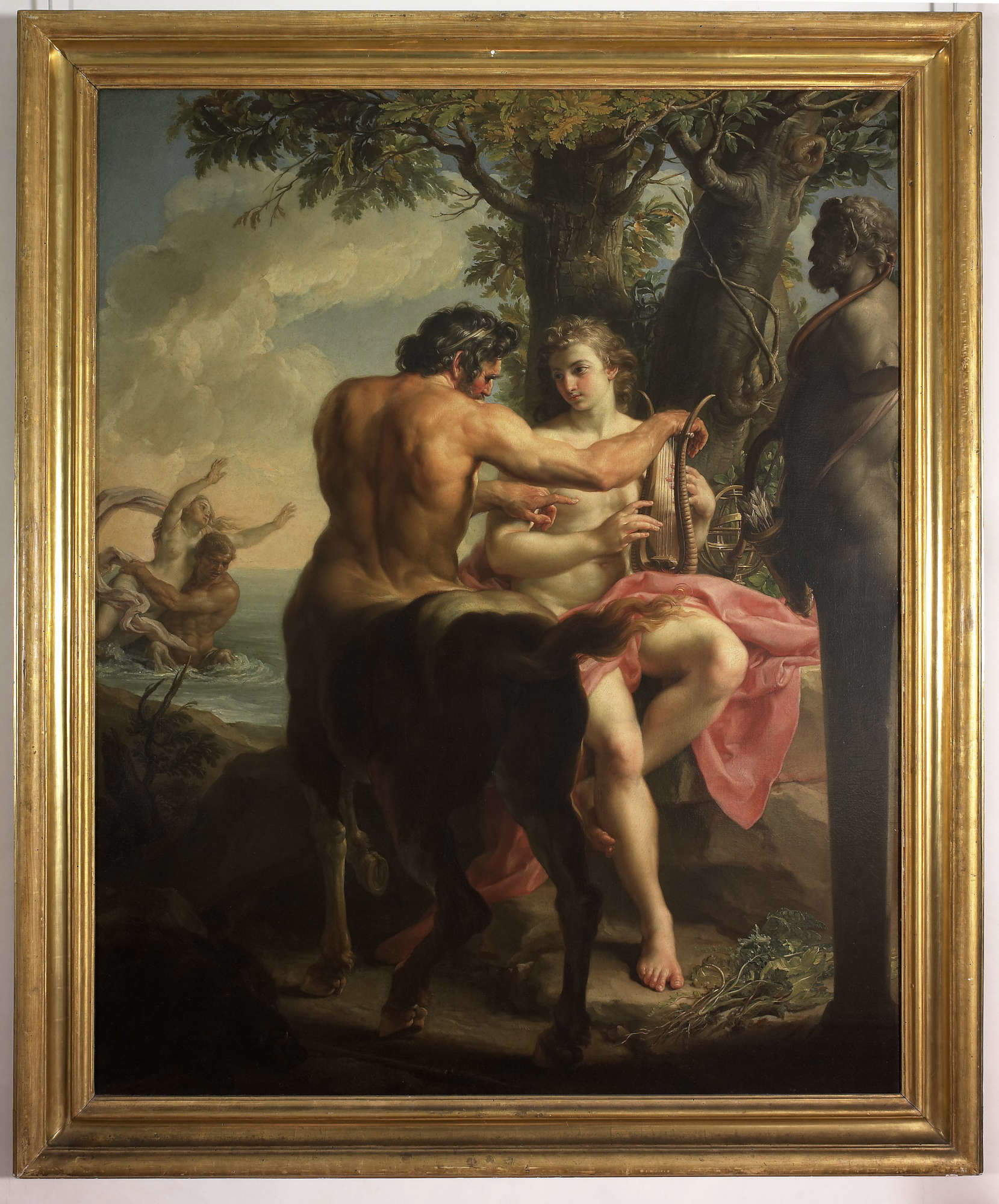
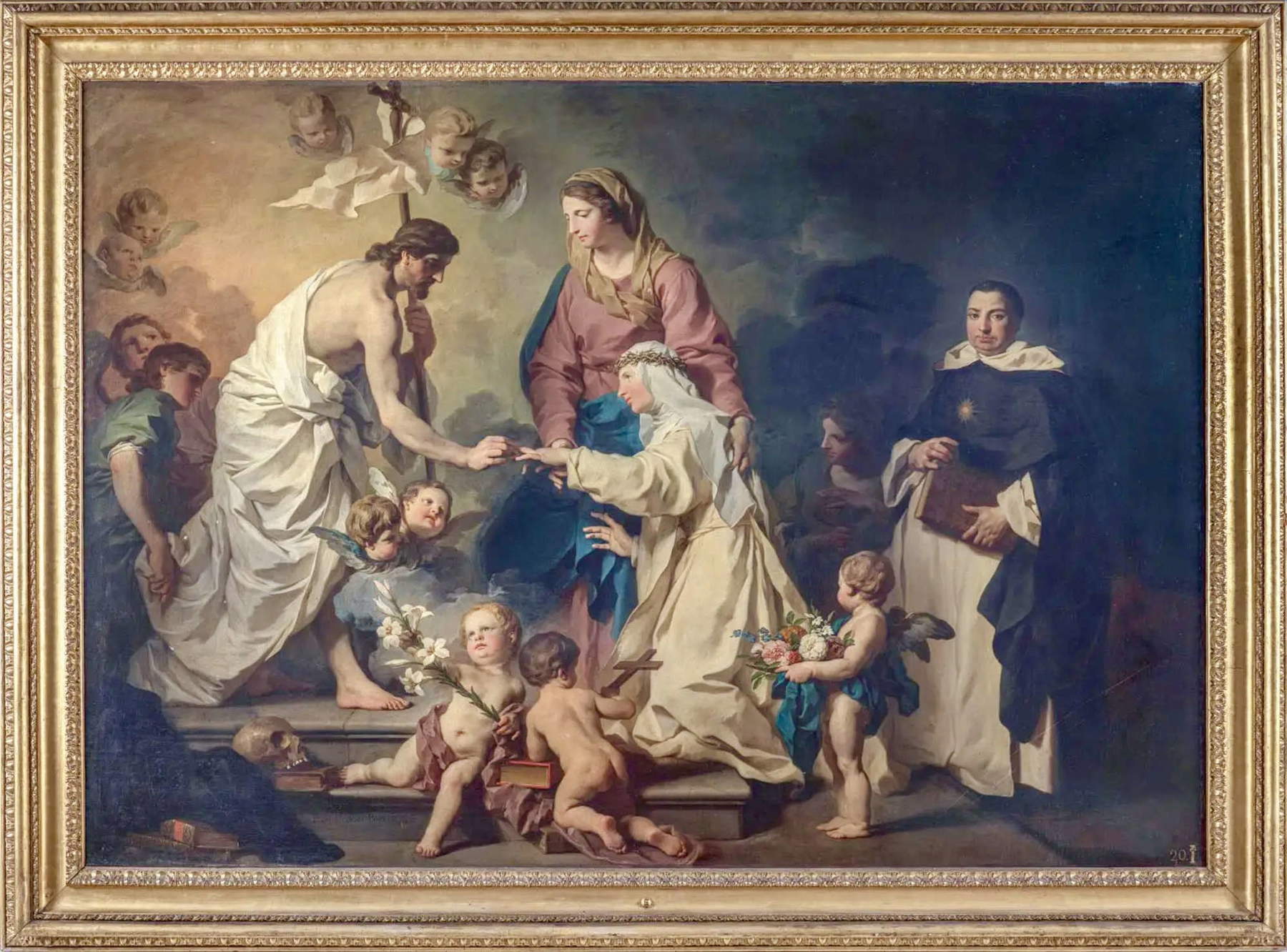
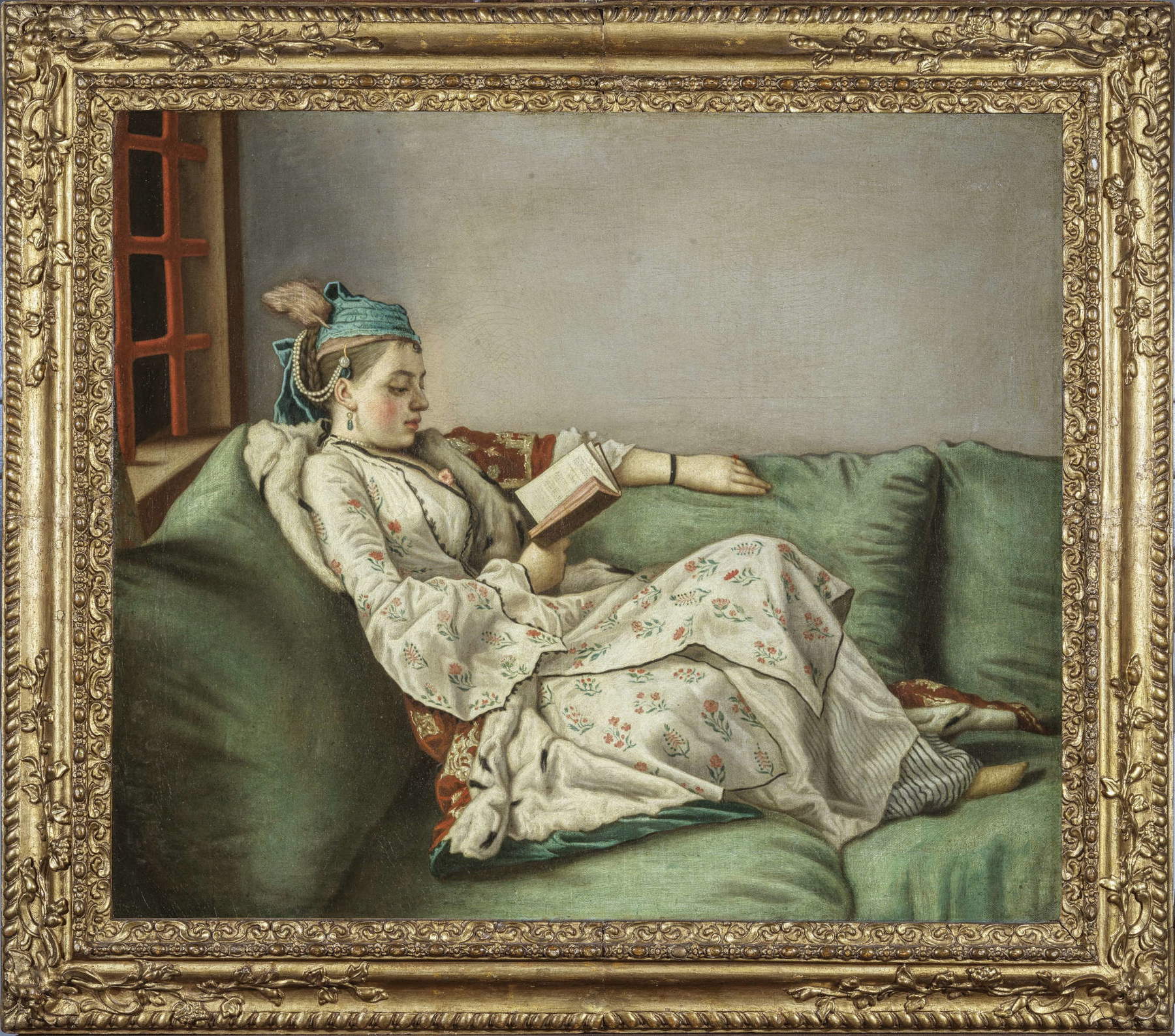
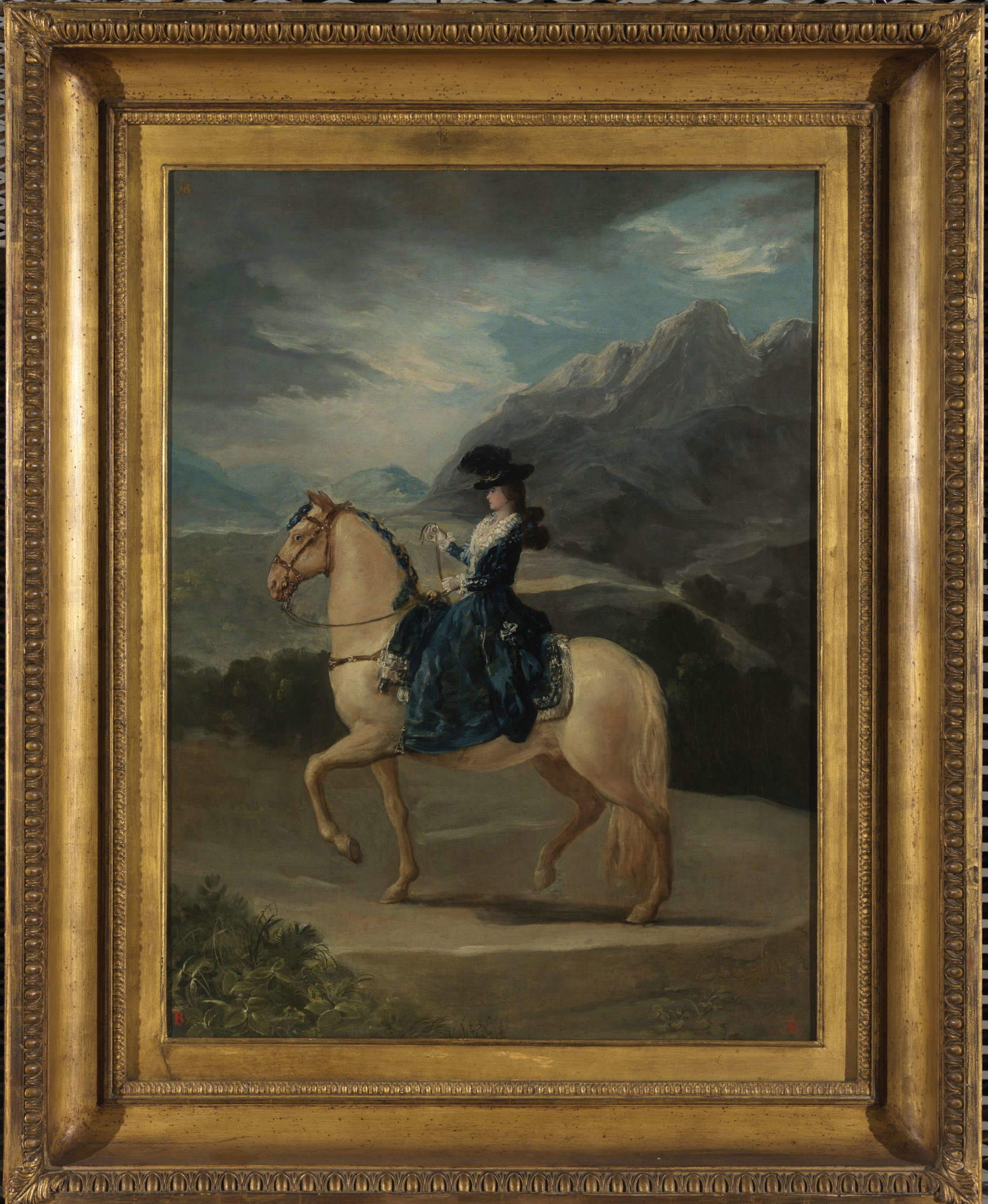
There is no shortage of surprises. The exhibition devotes a room to the so-called Cabinet of Erotic Antiquities, reconstructed on the basis of the Marquis de Sade’s descriptions in the novel Juliette: sculptures celebrating the body and sensuality, such as the Hermaphrodite, the Leonine Phallus and the group of Caligula and Drusilla, represent the taste for ambiguity and aesthetic provocation of the time.
At the same time, the fashion for the exotic emerges: Jean-Étienne Liotard’s Young Woman Dressed Turkish, Giovanni Gherardini’s Portrait of Emperor Kangxi, and a selection of Oriental porcelain collected by European travelers are on display.
One room is devoted to the nascent aesthetic of the Sublime, which transcends classical beauty to embrace scenes of wonder and dismay: snow-capped mountains, ruins, waterfalls. Here painting anticipates Romantic sensibilities and becomes a witness to a rapidly changing age, engulfed by momentous events such as the French Revolution.
The itinerary closes with a section on the Grand Tour, a formative journey to the Italy of wonders, undertaken by young European aristocrats. Two views of Venice by Canaletto, a spectacular eruption of Vesuvius by Thomas Patch and numerous art souvenirs restore the cosmopolitan atmosphere of the time, amid discovery, wonder and knowledge.
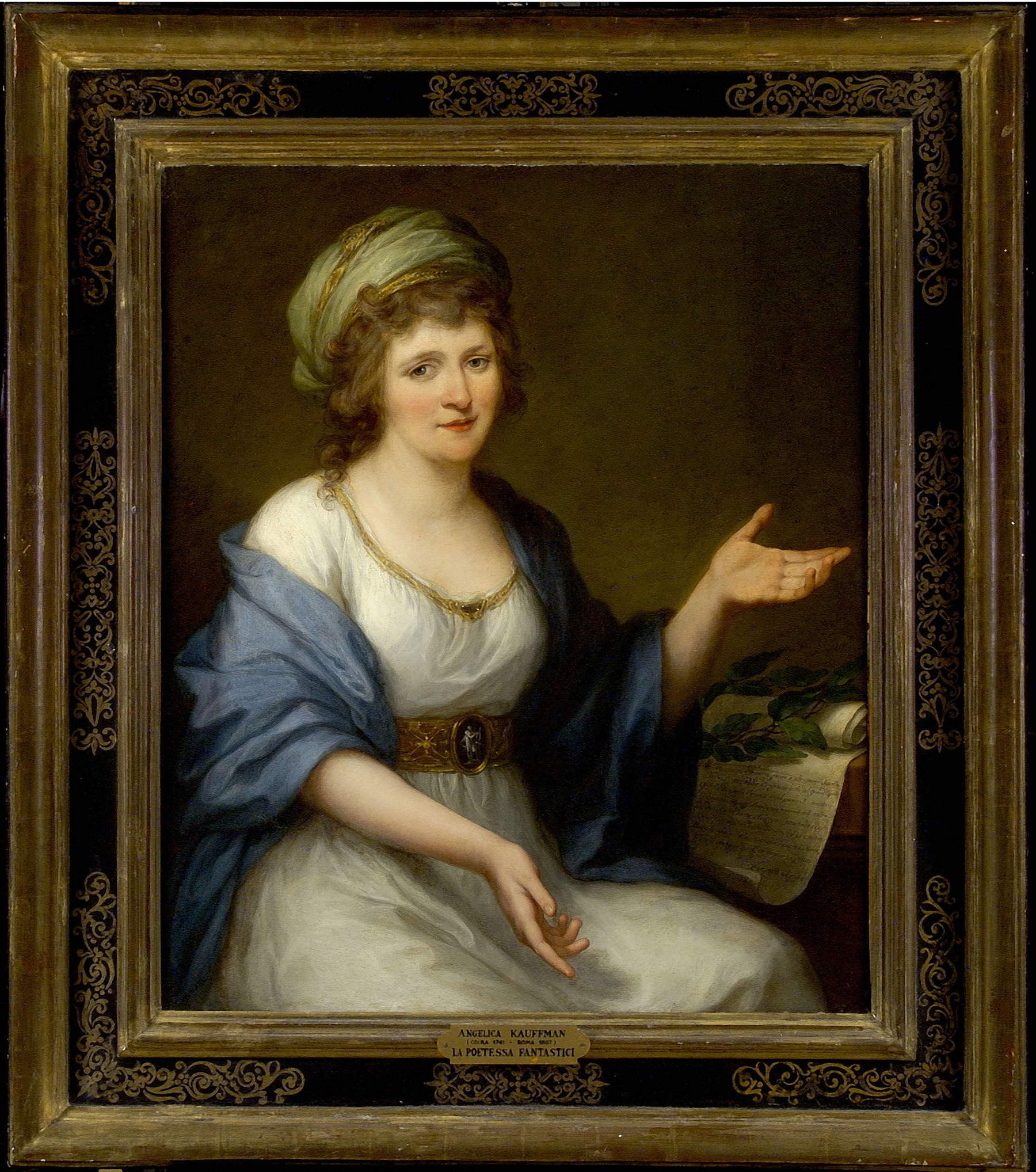
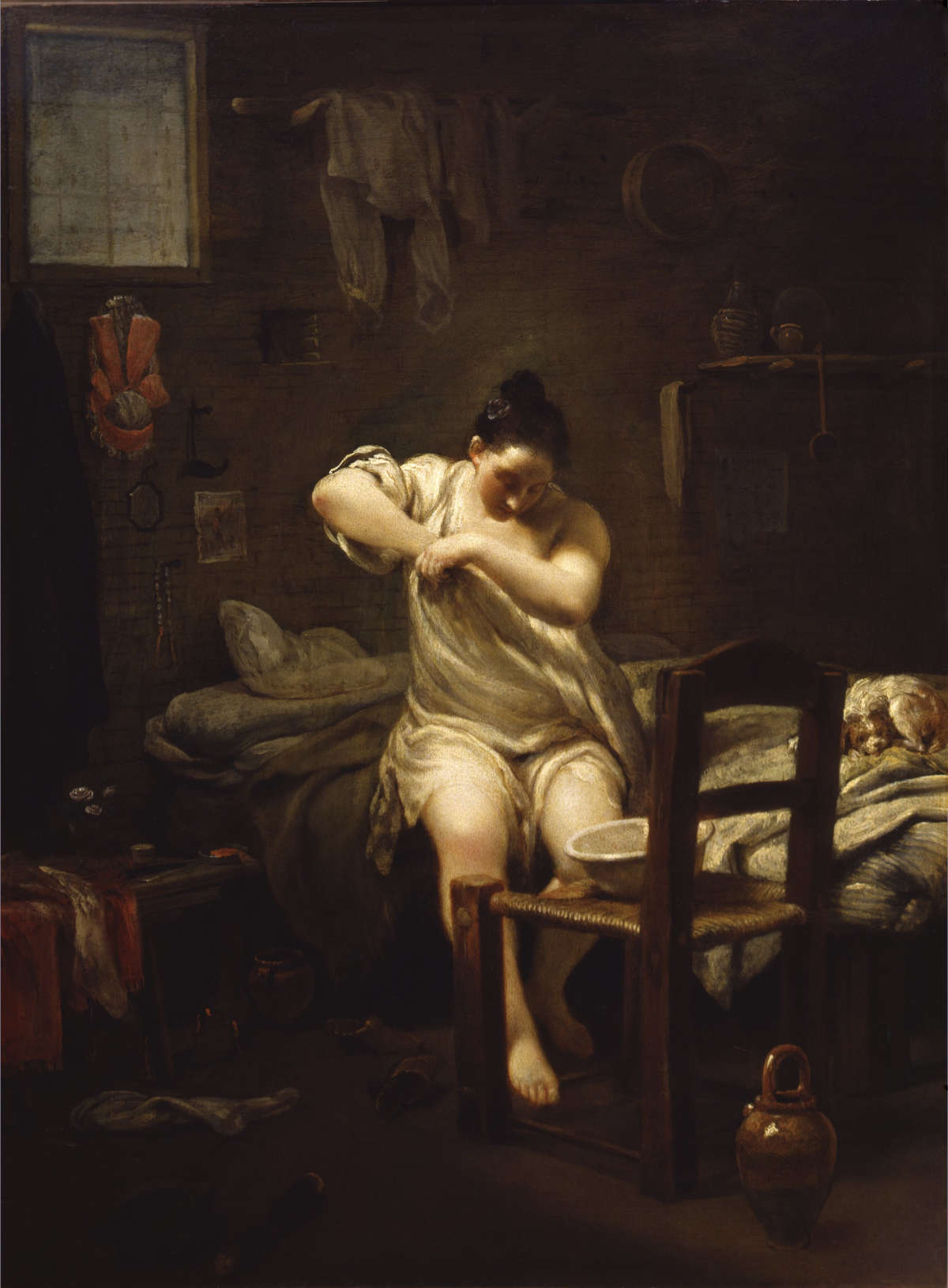
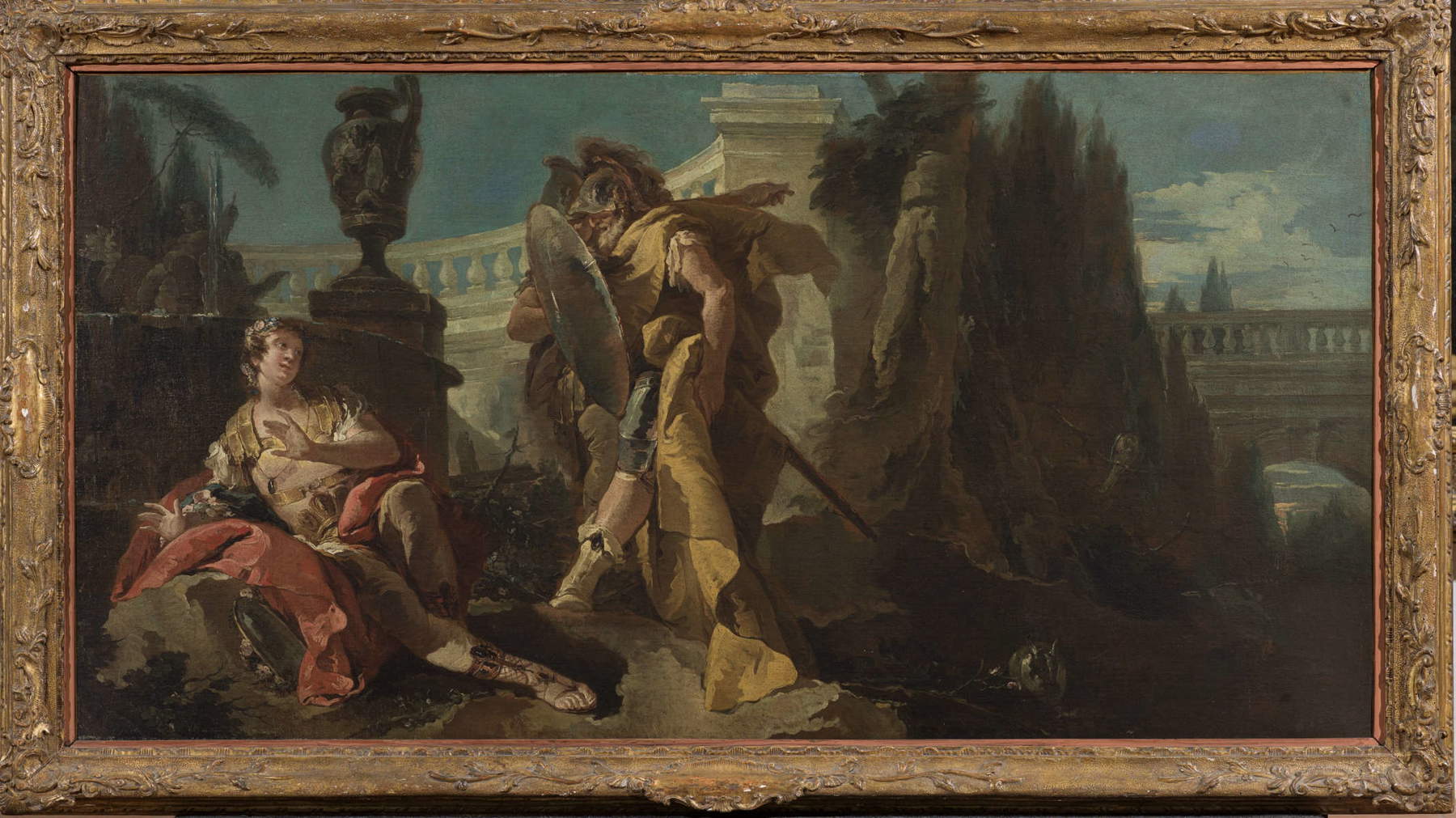
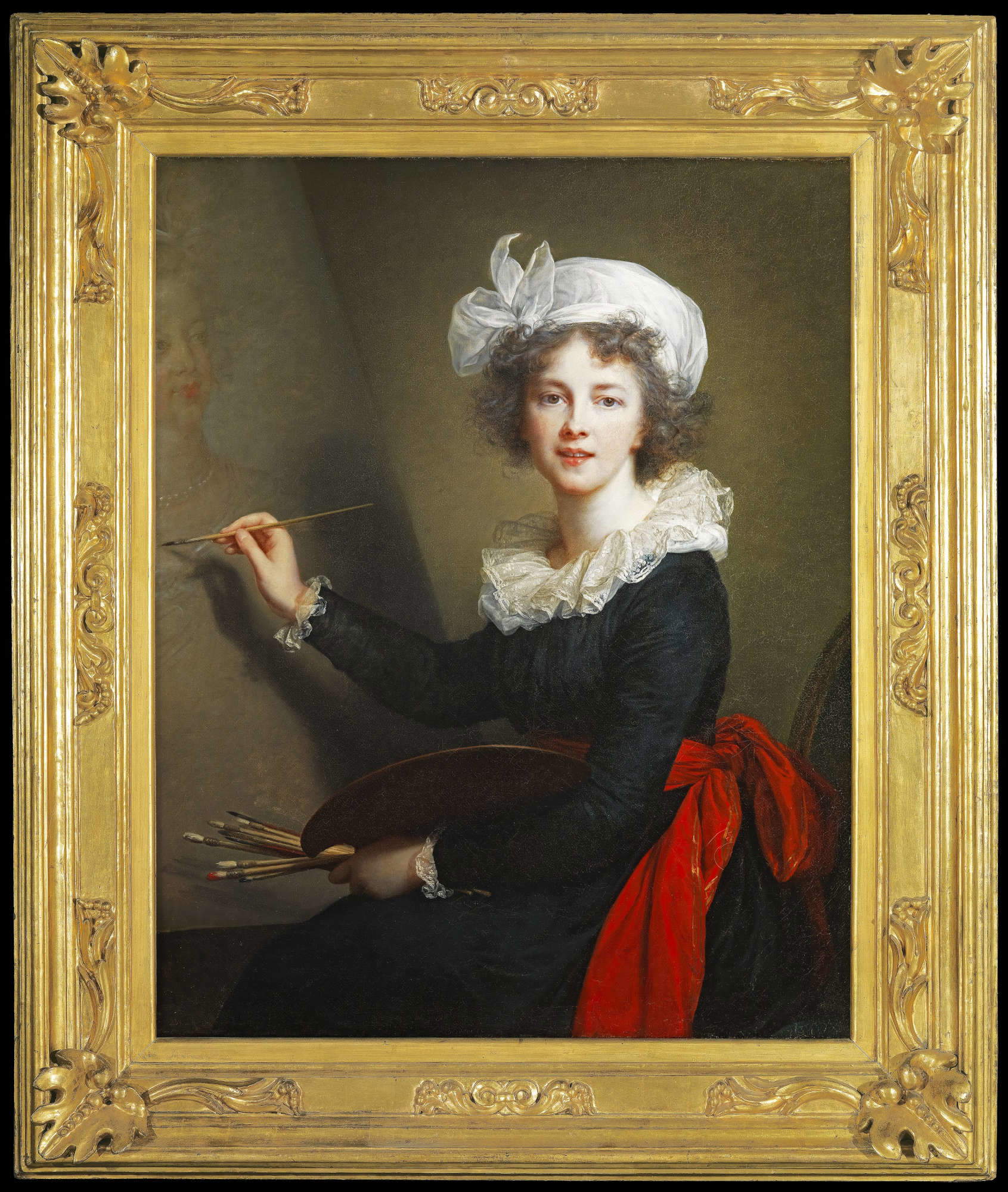
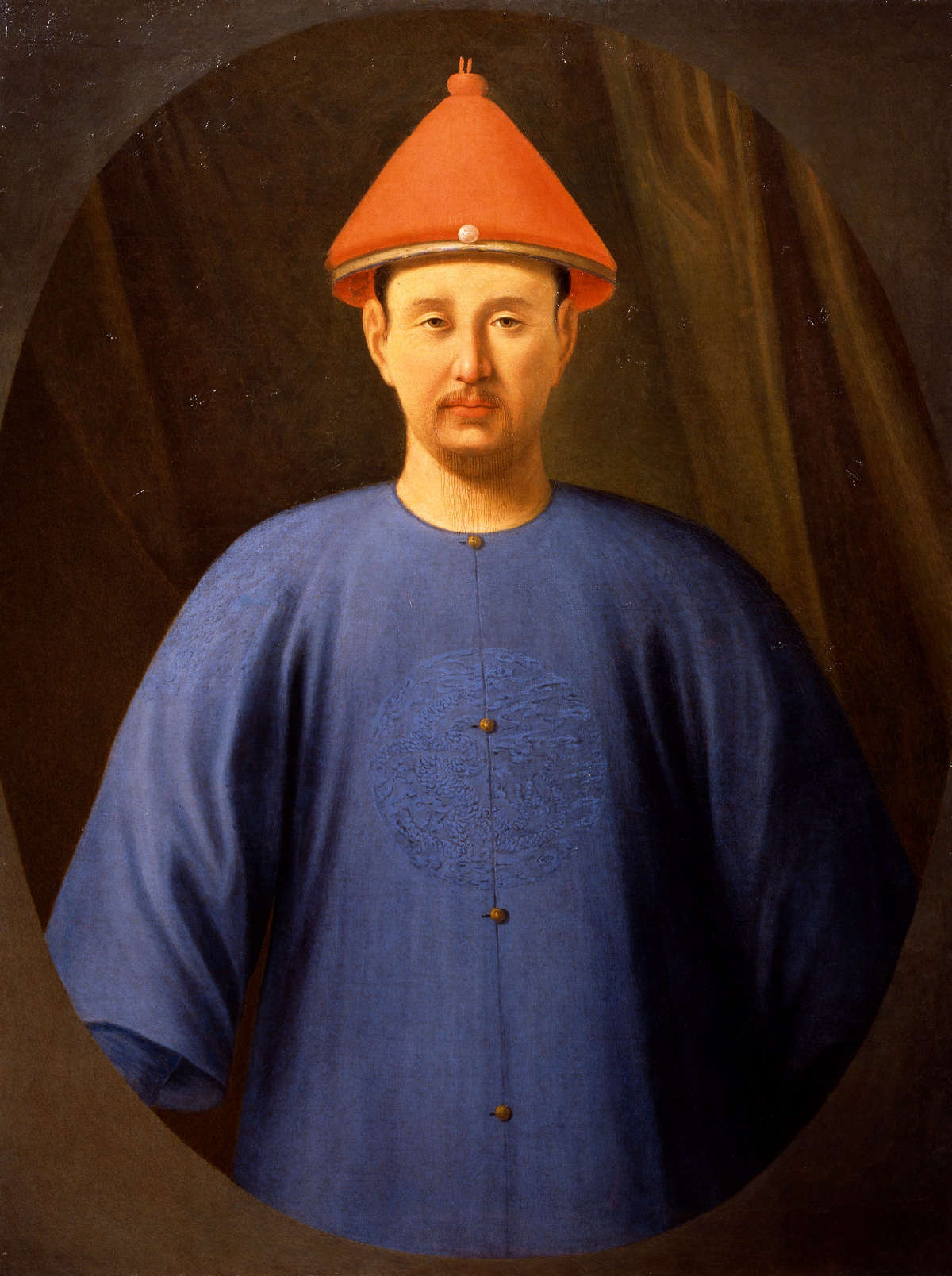

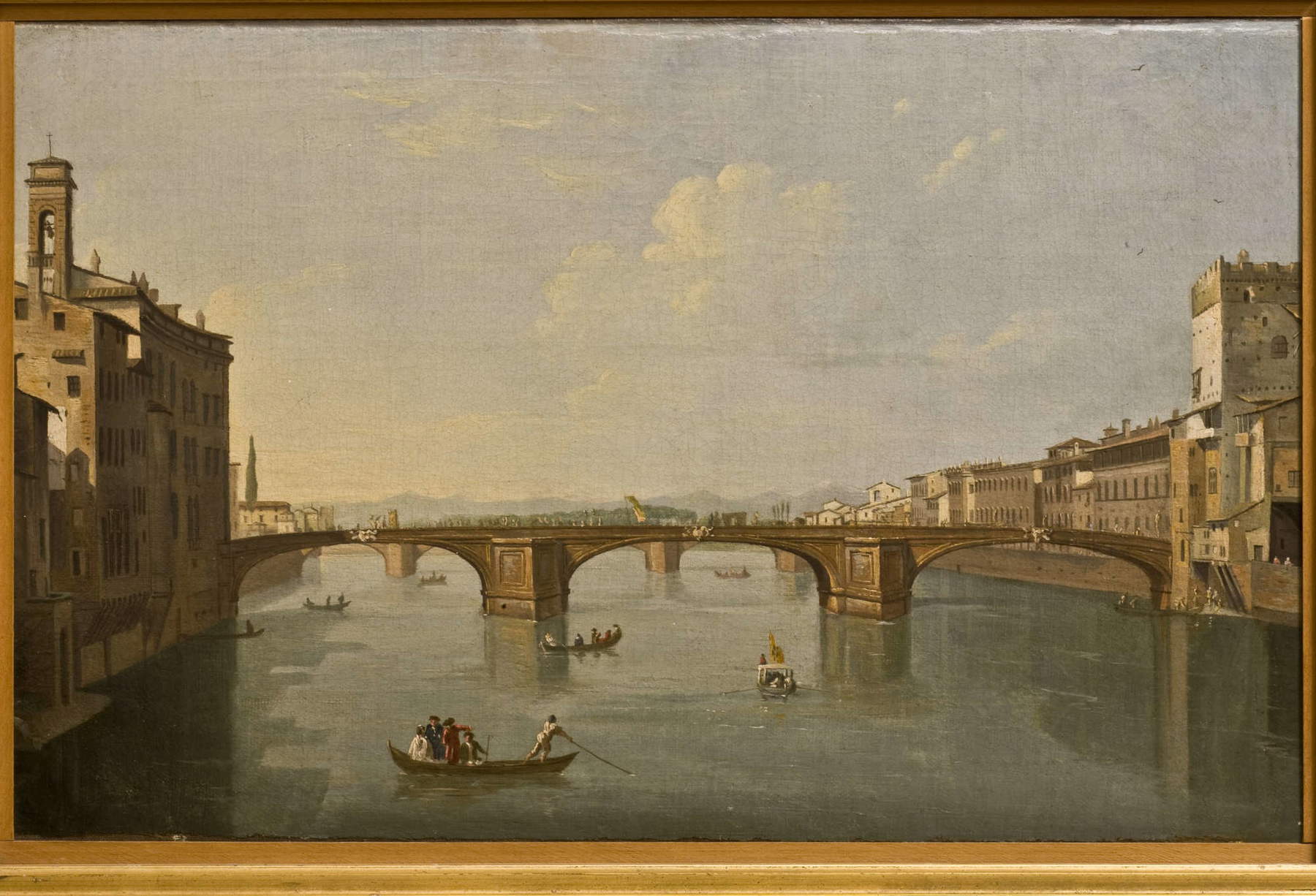
 |
| Eighteenth century returns to the Uffizi: an exhibition brings it back after a decade |
Warning: the translation into English of the original Italian article was created using automatic tools. We undertake to review all articles, but we do not guarantee the total absence of inaccuracies in the translation due to the program. You can find the original by clicking on the ITA button. If you find any mistake,please contact us.